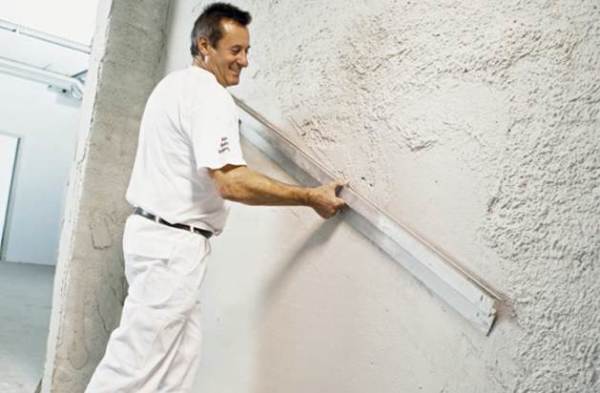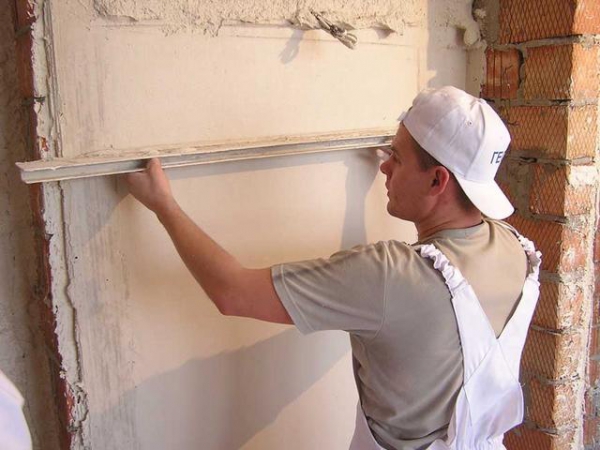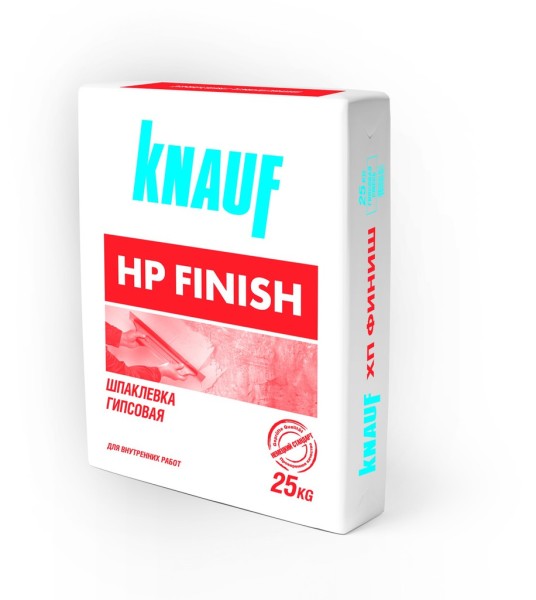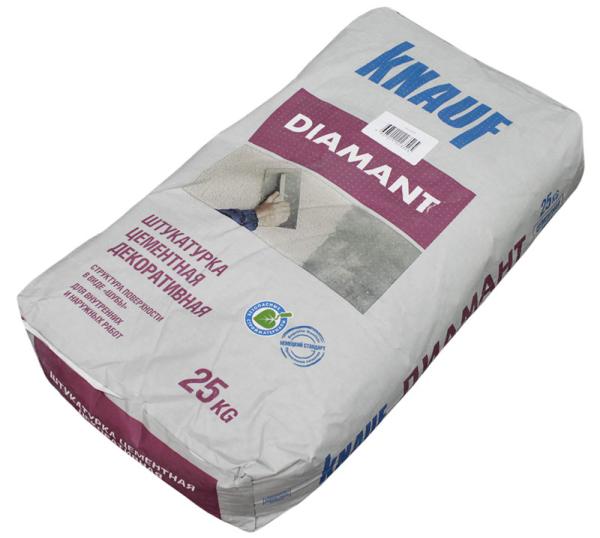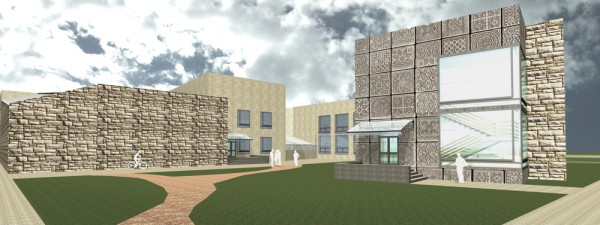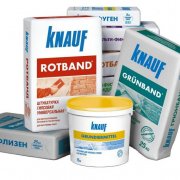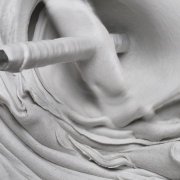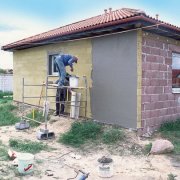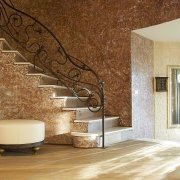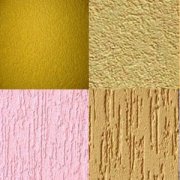Stucco Knauf: technical features of the material
In order to align the walls inside the house, as well as form an ideal building facade, it is necessary to plaster the surface. For this, stucco for damp rooms is used.
The content of the article
Stucco for interior and exterior decoration
The result largely depends on the quality of the work, but the material used matters:
- In addition to the visual effect, the quality of the plaster determines the terms of operation.
- The most popular plaster for exterior and interior decorating is the product of Knauf. In addition to the quality guarantee, a huge selection of mixtures is also included.
- The packaging usually comes with instructions. If you strictly follow the instructions, the mixture will turn out to be of high quality and suitable for decoration.
Note. It is also worth paying attention to additional information that relates to special cases of operation.
- For this kind of finishing robot, Knauf cement plaster is suitable.
- Due to the quality of the mixture, decoration can take place in rooms with extreme climatic conditions: in the bathroom, kitchen, hallway, pantry.
Note. For use cement plaster This company has a limitation regarding air humidity - finishing work is carried out only at moderate humidity.
In external works, the mixture can be used both as a finishing material, and as a means for laying natural stone or decorative brick.
Use of the mixture
Apply plaster on their own in order to hide defects on the surface of the walls or to level them, provided that there is a slight slope.
The composition includes the following components:
- Cementing lime.
- Cement.
- Mineral filler.
- Polymer.
Plastering can be done manually. The finished solution is applied to any surface:
- Previously plastered walls;
- Painted surfaces;
- Standard brick (see How to plaster a brick wall: consider in detail);
- Ceramic brick;
- Wooden elements of buildings.
Important. Wall decoration with this mixture is carried out at an air temperature of at least 5 ° C.
The method of preparation of the mixture is indicated on the packaging, however, it is carried out in only two stages:
- 1 kilogram of the mixture is poured with 700 grams of water.
- The contents of the container are mixed with a construction mixer.
The result should be a fine-grained, viscous mixture. Thanks to this consistency, the plaster is easy to apply on the surface.
If use is limited to decorative finishes, the layer should not exceed 1 millimeter. Plaster consumption per 1m2 Knauf is 1 kilogram.
Starting plaster for internal work
It is universal, since gypsum and other no less astringent components are included in the composition. Finishing with this mixture is carried out immediately before applying the final mixtures. Knauf starting plaster is designed directly for the final alignment of walls indoors.
Note. The starting option can be used in rooms with any humidity.
In this case, the mixture has distinctive positive features in front of other analogues:
- Moisture-resistant, and does not require special conditions when applied.
- Due to the gypsum in the composition, it can regulate the humidity in the room.
- Economical due to components and auxiliary additives.
- Thanks to the viscosity of the finished solution, you can finish yourself.
- Eco-friendly, therefore, does not cause allergic reactions and does not affect the health of residents.
Note. All of these benefits are easy to test in practice. For example, the Knauf plaster consumption per 1 m2 is 10 kilograms, but with a coating thickness of 5 millimeters.
Before starting work, it is necessary to prepare the surface of the wall itself:
- Wipe off the dust that is deposited in the recesses and completely eliminate moisture.
- The mixture is in a plastic state for about half an hour, so do not make large batches.
The difference between start and finish plaster
| Start | Finish line |
| The application layer is at least 3 centimeters | The coating layer does not exceed 5 millimeters |
| Used to repair deep defects. | It is applied to the surface to smooth the surface for further decorative finishing. |
| No special plastering conditions required | When performing work, a certain room temperature must be maintained |
Starting plaster is used not only to align and eliminate defects, but also to form a texture. This can be done using curly rollers or spatulas. In accordance with the type of device, photos with the result are considered.
Knauf Diamond
The main condition for use is that the surface is not flexible or does not deform over time.
How is the solution used?
Thanks to this high-quality composition, the solution is applied easily, and the plaster lasts a long time.
You can apply a finishing solution:
- On a standard brick.
- Ceramic brick.
- Aerated concrete (see Plaster for aerated concrete: which should be used).
- Cement plaster.
- Wood.
These are the most common types of surfaces, but this list may go on. Due to its resistance, this type of mixture is defined as plaster for damp rooms Knauf.
Note. In addition, the solution is hardy to sharp temperature changes. Since the material is designed for use in the decoration of facades and socles of buildings, there is the possibility of using color variations.
Plastering devices
Naturally, the plastering process is long-term and labor-intensive. Especially if the surface is too defective or large in area. To facilitate the work and improve the quality, a special installation is used, which is called the Knauf plaster station (see.Apparatus for applying plaster: features of use).
The principle of operation of this unit is presented in the video in this article. The machine has a wide range of use of mixtures.
It can be:
- Gypsum plaster;
- Cement;
- Limestone.
And many other variations:
- Using the station, even masonry mortar can be made and applied. In this case, the factory technology of mixing the solution and its application to the surface is fully respected.
- The plaster layer is distributed evenly over the entire surface, eliminating the possibility of the formation of voids.
- The mechanized device is very popular at large-scale construction sites, but they are also present in private use.
- The main disadvantage of the station is the price - it can vary from 60 thousand to 300 thousand.
Note.Each model corresponds to its specific characteristics and is designed for a certain kind of work. Therefore, you should accurately determine the goals of operation, before you make a purchase.
The manufacturer Knauft provides a huge assortment of plastering stations, as well as accessories for them. You can choose the unit in accordance with price and quality.
